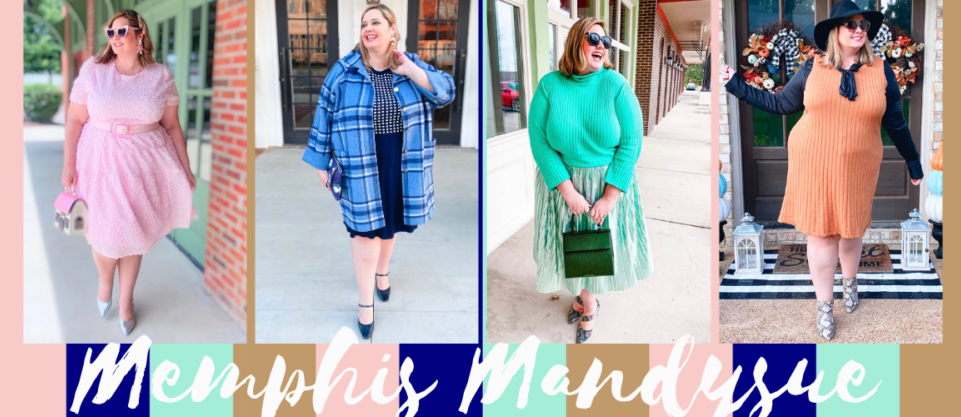The Dave method would be to get that $1,000 as quickly as possible using any means legally possible – selling possessions, cutting expenses to bare minimums, selling plasma, getting a 2nd job . . .and so on. Personally I think your current situation will dictate how strict you need to be and your budget exercise will give you an idea of your current situation. While a budget is great on paper that doesn’t mean we always stick to it which is why I also think how you are able to save your first $1,000 is a great indicator as to how strict you need to be on you financial journey. For example – I have seen people who say it took them 10 months or longer to save that $1,000 – if with cutting expenses to the bare minimum you only have an extra $100 a month and are carrying debt you are looking to pay off and start saving for the future it’s going to be a long, hard journey and more drastic measures will be needed on that journey. To give full disclosure here in our house saving an extra $1,000 is pretty easy – we just cut back on eating out and our discretionary spending for a month or two. When you are looking to improve your financial situation it’s either income driven or spending driven – for us (mostly me) it’s 100% spending and I say that just to be completely honest – if you find in your budget that your income doesn’t or barely covers rent , groceries, car, utilities and electricity than I wish you the very best on your journey but know that I’m approaching finances from a different situation.
The idea behind the $1,000 EF beside the obvious of having funds for emergencies is to stop the pattern of using credit cards to finance your life. Because your household budget should designate a purpose for every dollar the EF is used when unexpected situations come up. For example – when I took our girls to the vet it wound up being $200 more than I expected, so we used $200 from our EF to cover the difference and then worked our budget to replace the money the next month. Think of that $1,000 as covering your likely to happen to you emergencies vs. big emergencies – we’ll talk more about the big emergencies in a future post.
Having an emergency fund takes away so much financial stress! Not that I like expensive car repairs or vet bills or getting sick but when these things happen it doesn’t stress me out financially because I know we have the money without dipping into this week’s grocery budget. Sometimes it means the next month is less fun because we have to cut our spending to pay ourselves back – but the reality is if I’m being perfectly honest that we are much quicker to pay ourselves back than we if we had put the expenses on credit, and aside from the dismal interest rate that money could have been earning at the bank we’re not paying more for our emergencies than they actually cost because we’re putting them on a credit card with a ridiculous interest rate.
I know some of y’all reading this are thinking well duh, but you would be surprised as to how many people do not even have $1,000 in savings – and for most of my 20s that was me too. I spent every penny I earned, sometimes more, and then if an emergency happened I scrambled to cover the expense or just ignored it – ie not going to the doctor or driving my car for a few more weeks when I knew it needed a repair. So, I’m writing this as someone who has been there and now knows better. Before you buy a cute new pair of shoes make sure you have at least $1,000 extra in your account.
***This is not a sponsored post, all opinions are my own. My overview here is based on my past, present and plans for future financial situations. If you want to discuss your specific financial situation I HIGHLY recommend talking to a financial advisor – I am happy to recommend ours if you are looking for one***


